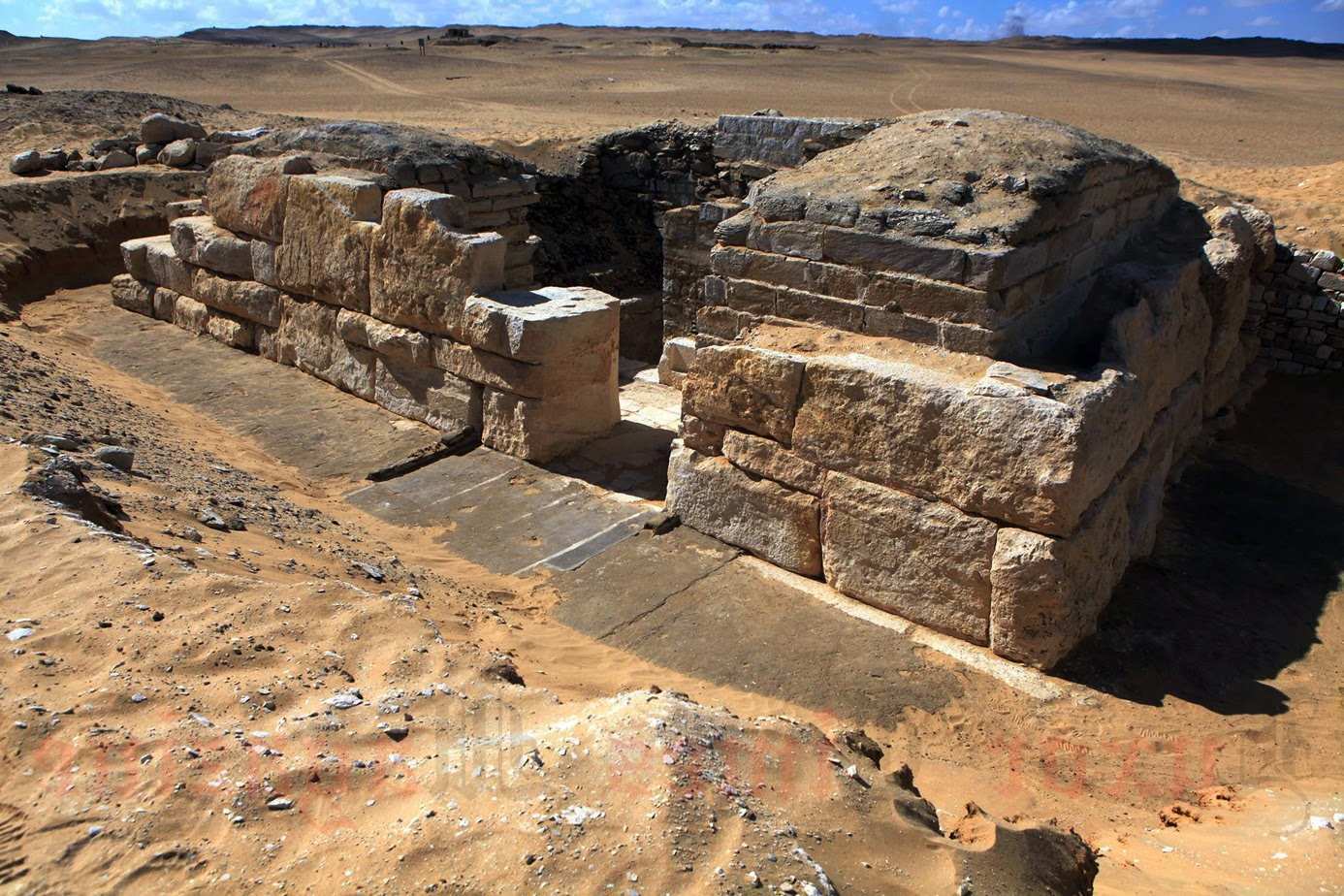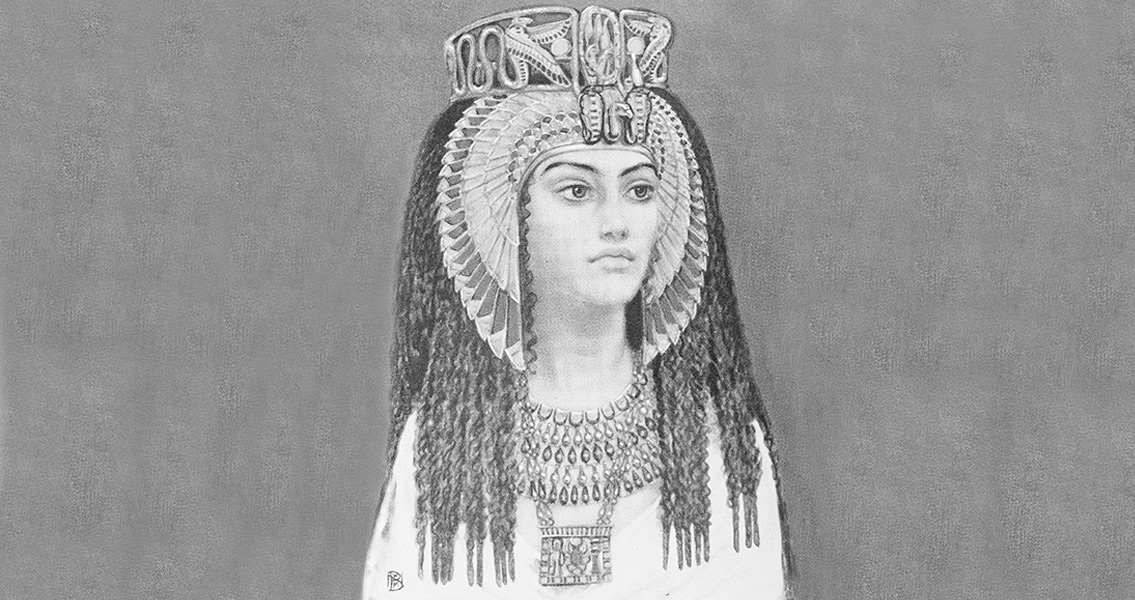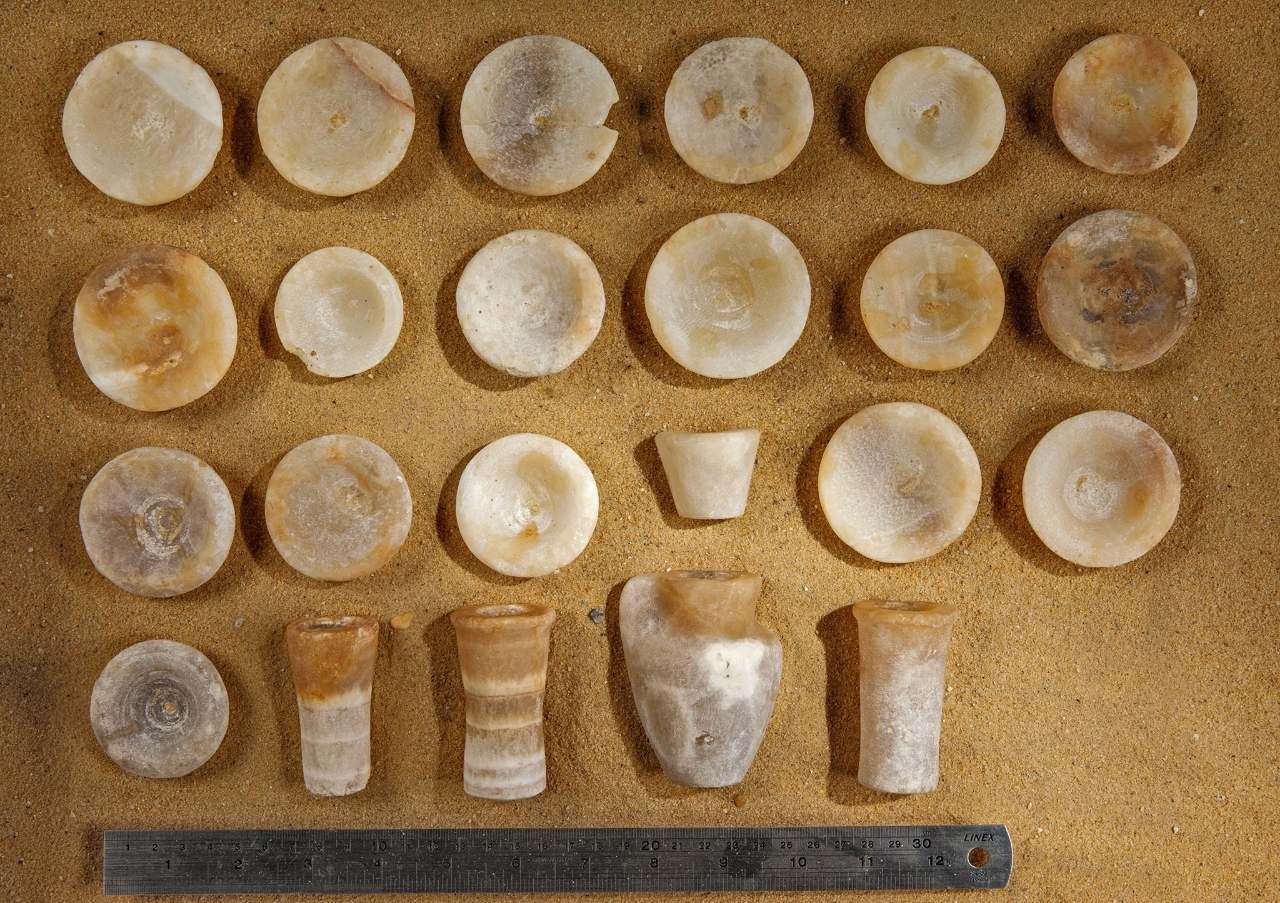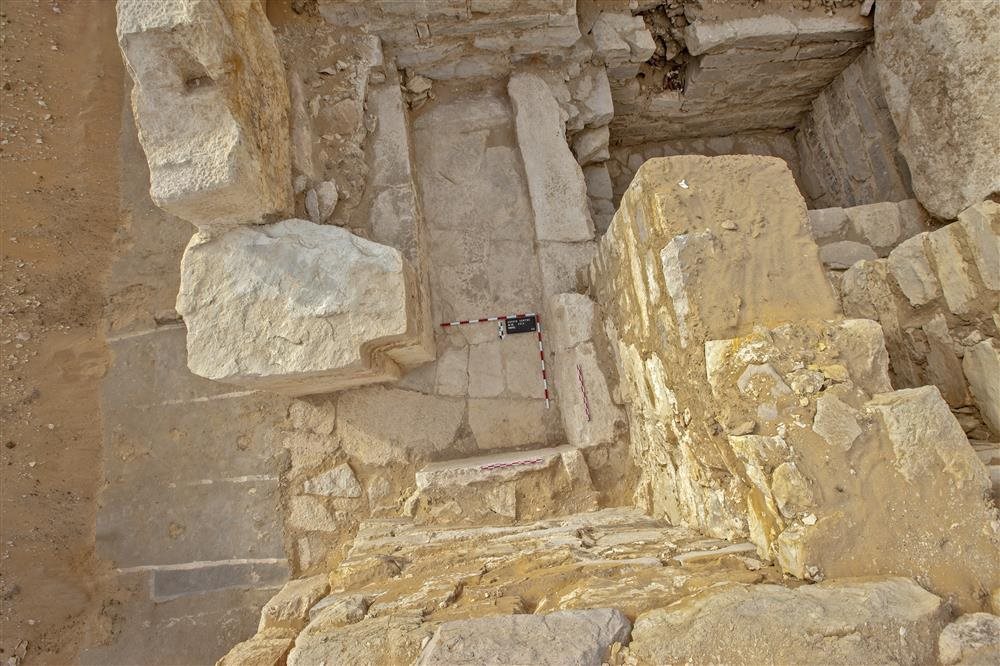The tomb of an Egyptian queen is among the many discoveries made in Egypt. What makes this intriguing is that it could contain a warning about climate change in our day and time period. The Egyptian culture is one of the most fascinating to archaeologists and historians.

The tombs discovered over the years have been extremely useful in learning more about how the Egyptians lived, their kings, and their beliefs. Among the discoveries was an Egyptian queen’s tomb.
The tomb that is the focus of this article is that of Khentkaus III, in the reliefs on the walls of the tomb she is called the “”the wife of the king” and “the mother of the king”, implying her son ascended the throne.”. She was the wife of Pharaoh Neferefre or also known as Nefret and lived in approximately 2450 BC.

The tomb was discovered in November of 2015. It was located southwest of Cairo in the Abusir or Abu-sir necropolis. Miroslav Barta of the Czech Institute of Egyptology led the archaeological expedition, which included a team of Czech archaeologists.
Numerous objects were found in the tomb that are valuable to Egyptologists. The queen, who lived 4,500 years ago, belongs to the V dynasty, but until the tomb was found, nothing was known of her existence. The Egyptian Ministry of Antiquities announced that the discovery revealed an unknown part of the history of the V dynasty (2,500-2,350 BC) and confirmed the importance of women at court.
By the time Neferefre and Queen Khentkaus III lived, Egypt was under pressure. This was due to the impact of nepotism, the rise of democracy and the influence of powerful groups. In addition, years after his death, there was a drought that prevented the Nile from overflowing.
Various animal bones, wood carvings, ceramics and copper were found in the tomb. Miroslav Barta explained that these objects constituted the queen’s funeral agape, that is, the food she was believed to need in the afterlife.

In addition to the objects with which it is customary to bury Egyptian royalty, there were the remains of Khentkaus III. The status of these will provide interesting data about the life of a queen of the Egyptian empire. Barta also claims that the analysis of the tomb will take a few years, but it will be detailed.
The researchers also plan to run a carbon-14 test to determine how old the queen was when she died. In addition, the various exams performed on the bone remains allow us to know if he suffered from any illness. On the other hand, the state of her pelvis shows how many children she have given birth to.
Why is the tomb of Khentkaus III a warning about climate change?

After Neferefre and Queen Khentkaus III died, the pressure in Egypt increased considerably. This happened not only because of the problems mentioned above, but also because of the climate changes that strongly affected the population.
Several regions were affected by a considerable drought. The drought prevented the Nile River from overflowing as it used to, which prevented the plantations from having enough water. Causing various problems, such as the following:
There were no reasonable harvests, tax revenue declined, the state apparatus could not be financed, it was difficult to maintain the integrity of Egypt and its ideology.
Researchers caution that the discovery of the tomb is as much a historical echo as a wake-up call. “Many paths can be found for our modern world, which also faces many internal and external challenges,” they argue.
“By studying the past, you can learn a lot more about the present. We’re not different. People always think ‘this time is different’ and that ‘we’re different,’ but we’re not.”
Furthermore, let us remember that an investigation by scientists at Cornell University in New York, carried out on samples of an Egyptian coffin and funeral ships buried near the Pyramid of Sesostris III, revealed an unexpected light on the end of Egyptian civilization; for it suggests that in 2200 BC an important short-term arid event occurred.
The event caused by climate change had major consequences, altering food resources and other infrastructure that likely led to the fall of the Akkadian Empire, affecting the Old Kingdom of Egypt and other civilizations in the Mediterranean and the Middle East that also collapsed.
Many civilizations at that time were affected by climate change, could this happen today? Humanity must heed the many warnings that exist about this great problem. Some think that can’t happen today, but even Egypt, one of the most advanced civilizations of its time, has been hit hard by climate change.




